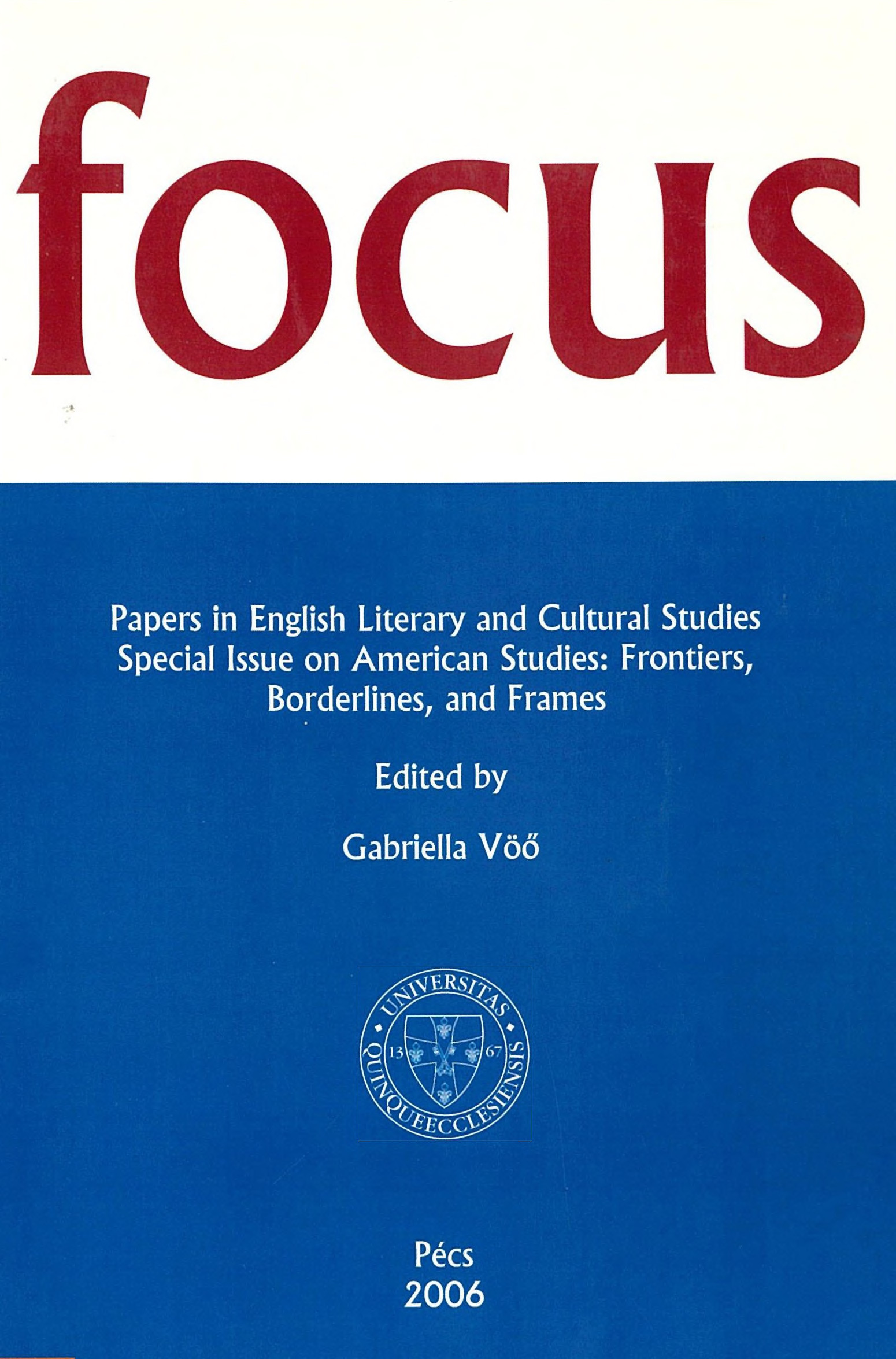All the World’s a Dressing-room? Crossing Boundaries and Liminality in a Play about American Male Impersonator Annie Hindle by Irish Writer Emma Donoghue
Abstract
Emma Donoghue’s play, Ladies and Gentlemen had its premiere at the Projects Arts Centre in Dublin, performed by Glasshouse Productions, a small, independent theatre company, in 1996. Just a few years later the drama crossed the Atlantic, another production of it being mounted by The Shee Theatre Company of San Francisco, in February 2003. The Shee advertises itself as a company which, according to their homepage, “seeks to promote a dialogue between artists, audiences and communities through theatrical productions, which explode social constraints and transform beyond prevailing definitions of ‘Woman.’ ” Interestingly, the name of the theatre company forges a link between Irish cultural traditions and the contemporary American independent theatre world. It originates from the “Sidhe” (pronounced she), the Celtic shapeshifters, whose “powers transcend time and gender; they many be women or men, young or old” (The Shee). While the Sidhe often feature in modem Irish works, for instance in the early poems and plays of W. B. Yeats, their influence seems to be vivid enough to reach across the borders of not only time but space as well. After the opening-night performance of Ladies and Gentlemen in San Francisco The Shee Theatre Company people organized a postshow conversation with the public about Donoghue’s literary and critical work concerned with gender and sexuality in general and the drama itself in particular.
Downloads
Published
How to Cite
Issue
Section
License

This work is licensed under a Creative Commons Attribution-NonCommercial-NoDerivatives 4.0 International License.
FOCUS: Papers in English Literary and Cultural Studies follows the principles laid down by Creative Commons, which provides guarantees for the Author’s copyright while also ensuring that intellectual properties are made available for the wider public in a digital form. All papers submitted to the journal apply the following licence conditions (indicated on the journal’s website as well as in individual publications):
“© This work is licensed under a Creative Commons Attribution-NonCommercial-NoDerivatives 4.0 International License.”
You are free to:
- Share, copy and redistribute the material included in the journal in any medium or format under the following terms:
- Attribution — You must give appropriate credit to the Author, and indicate the original place of publication [FOCUS: Papers in English Literary and Cultural Studies, Issue nr., page numbers.].
- NonCommercial — You may not use the material for commercial purposes.
- NoDerivatives — You are not allowed to remix, transform, or build upon the material.
- The above conditions must always be indicated if the journal material is distributed in any form.
- The above conditions must always be met, unless a written permission signed by the Author and the Editor-in-Chief states otherwise.

